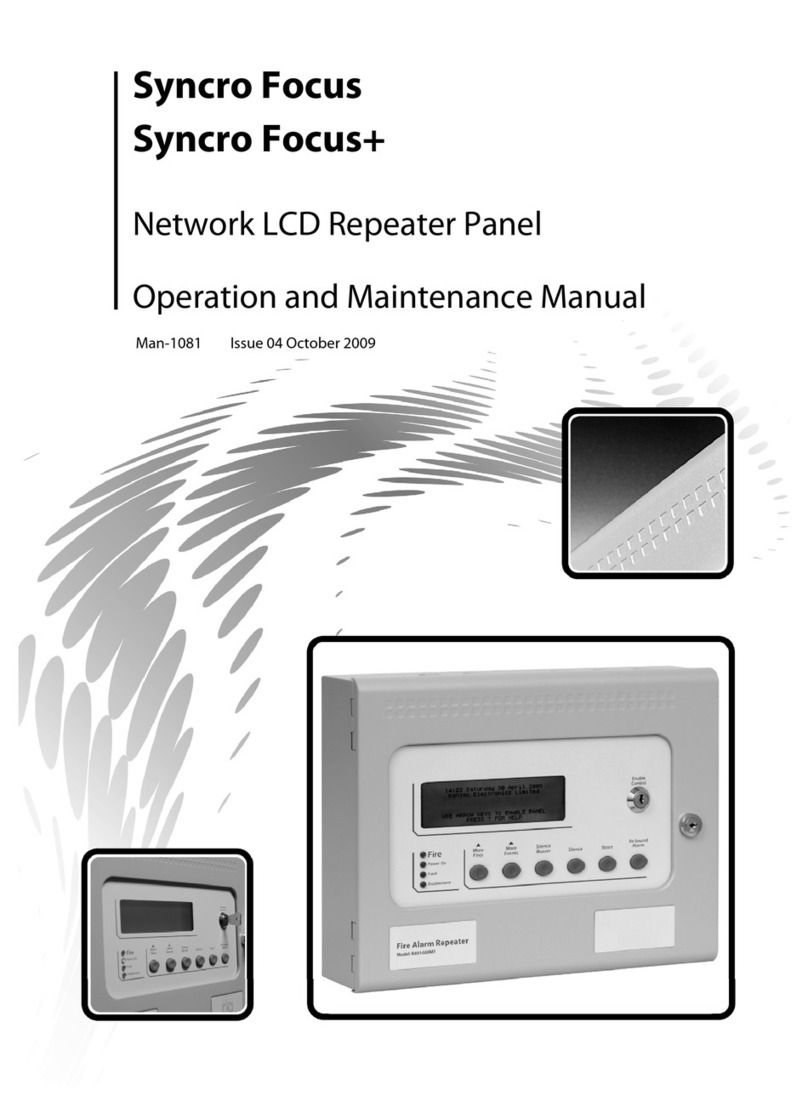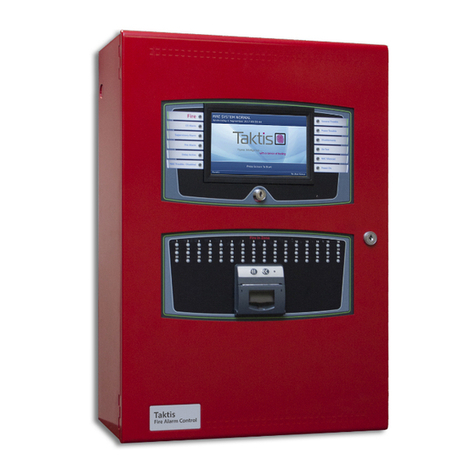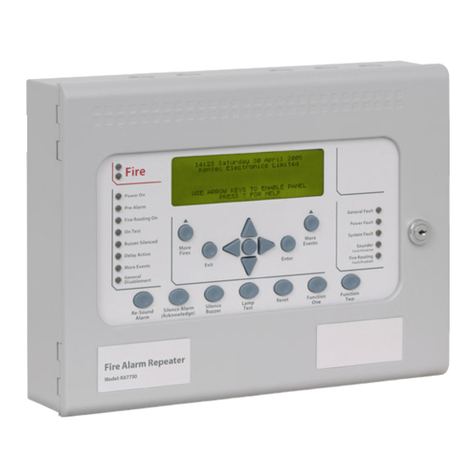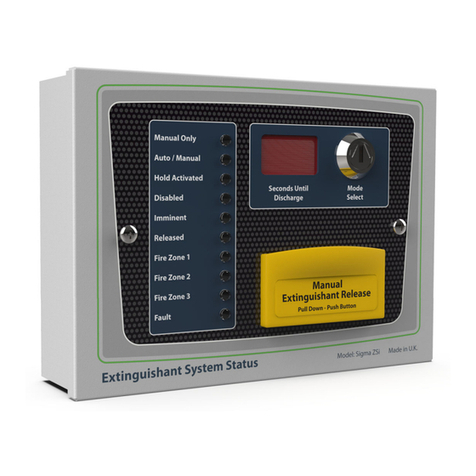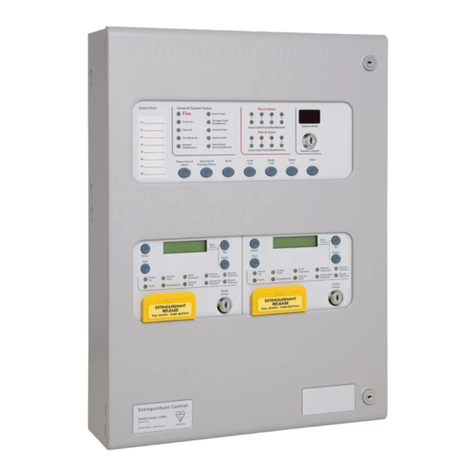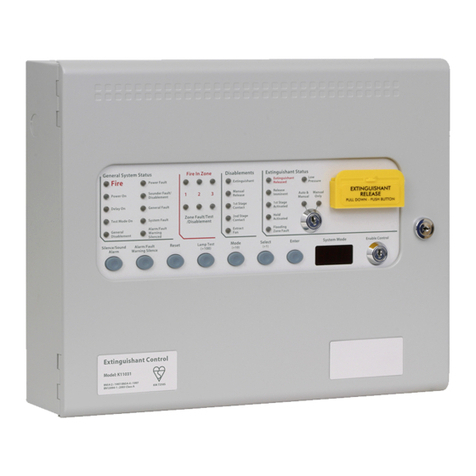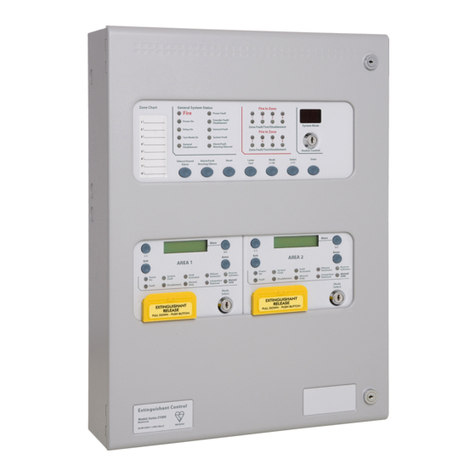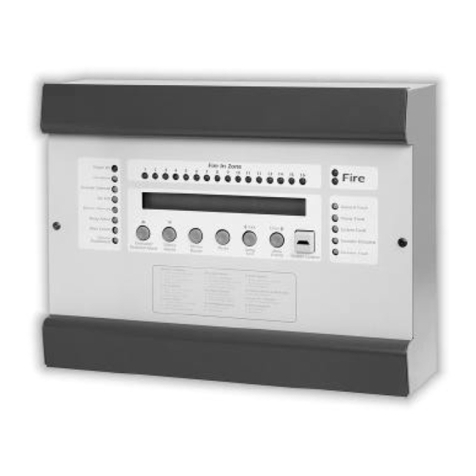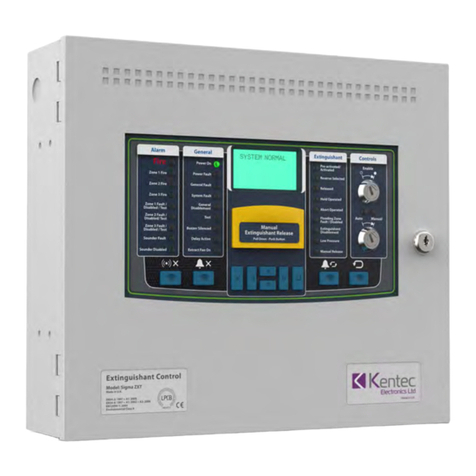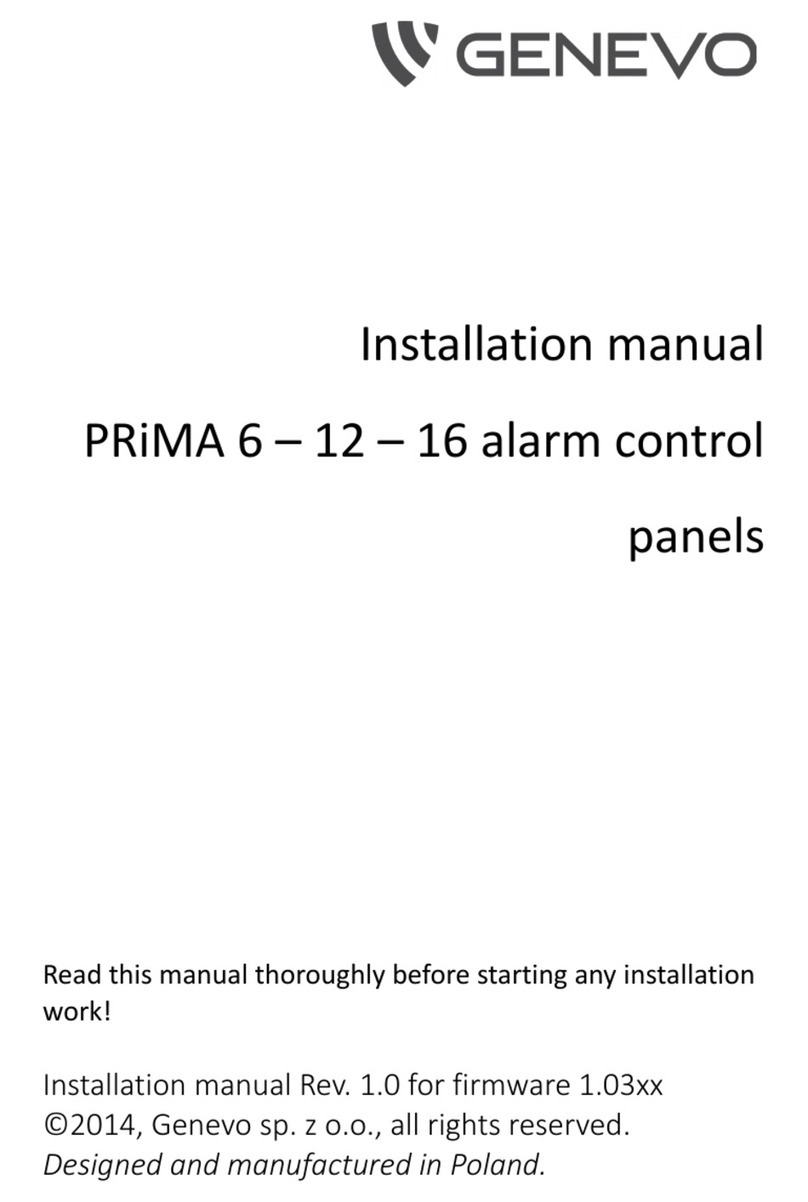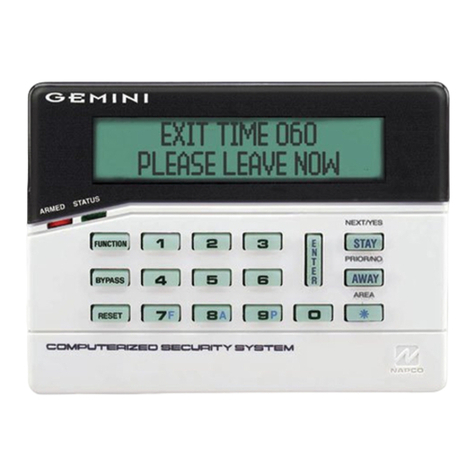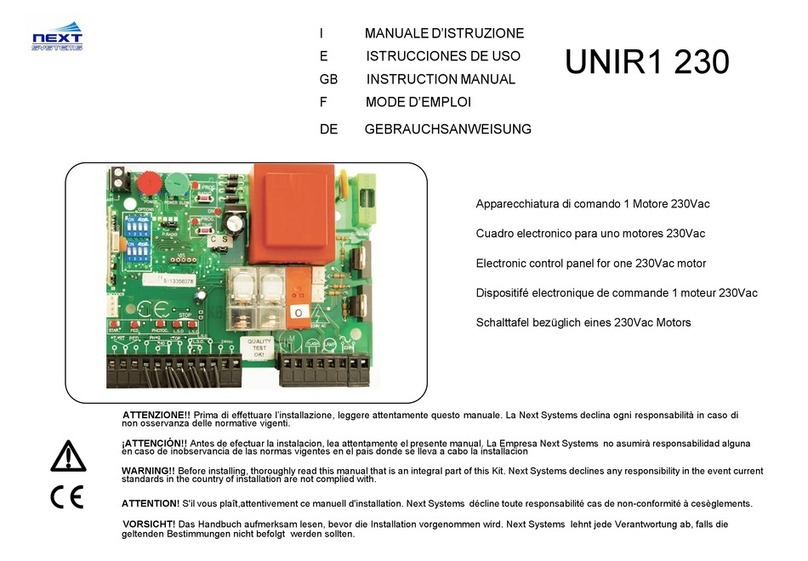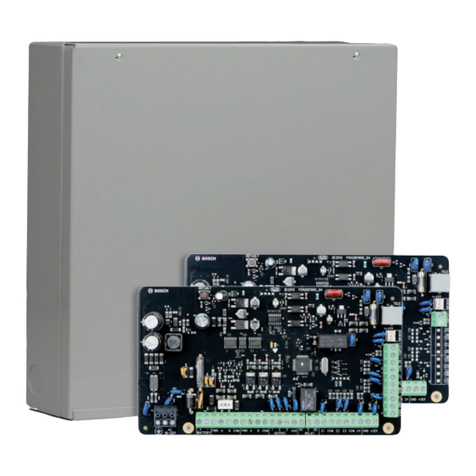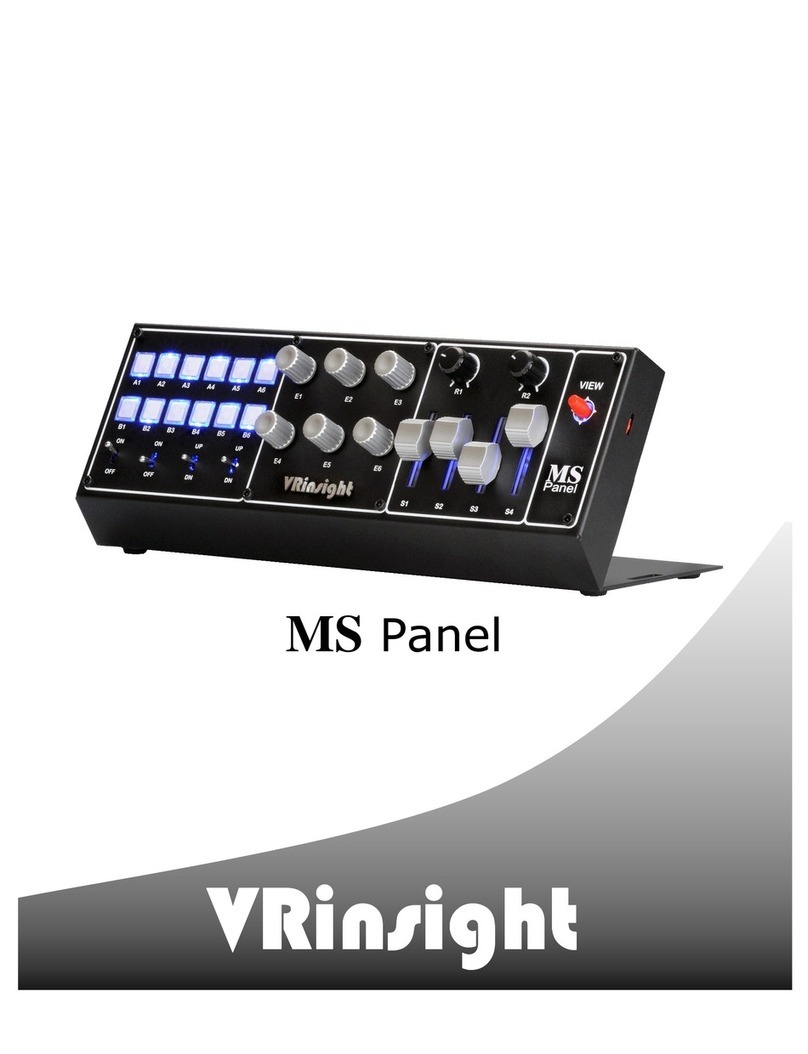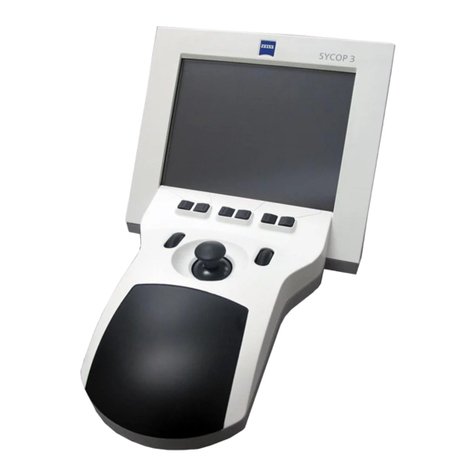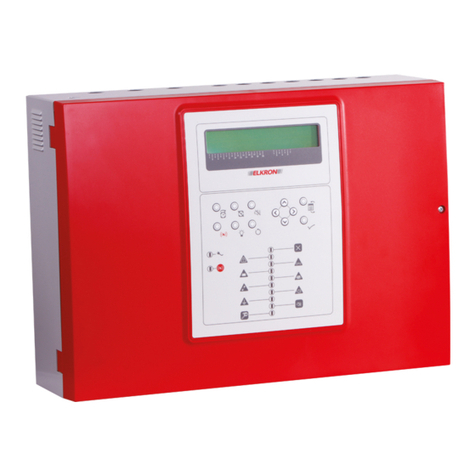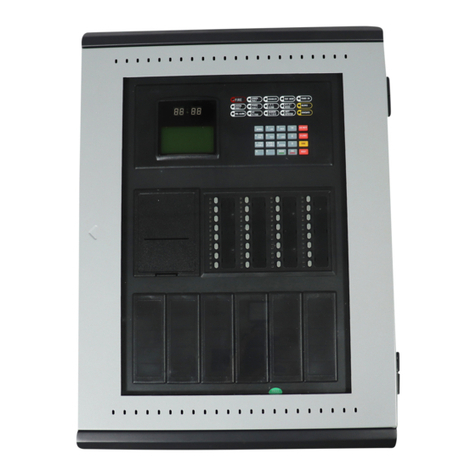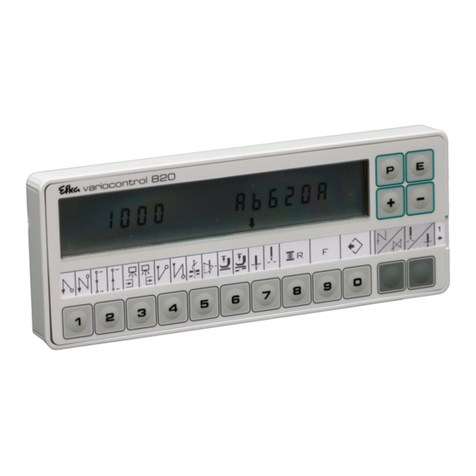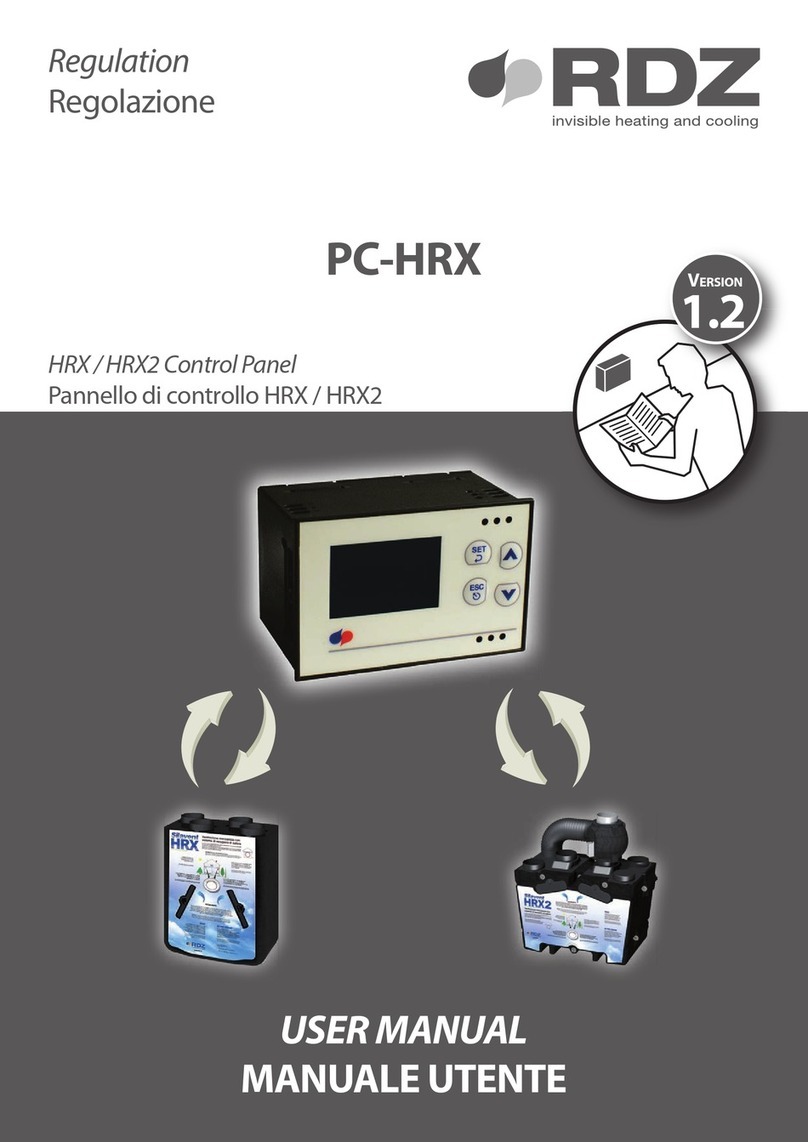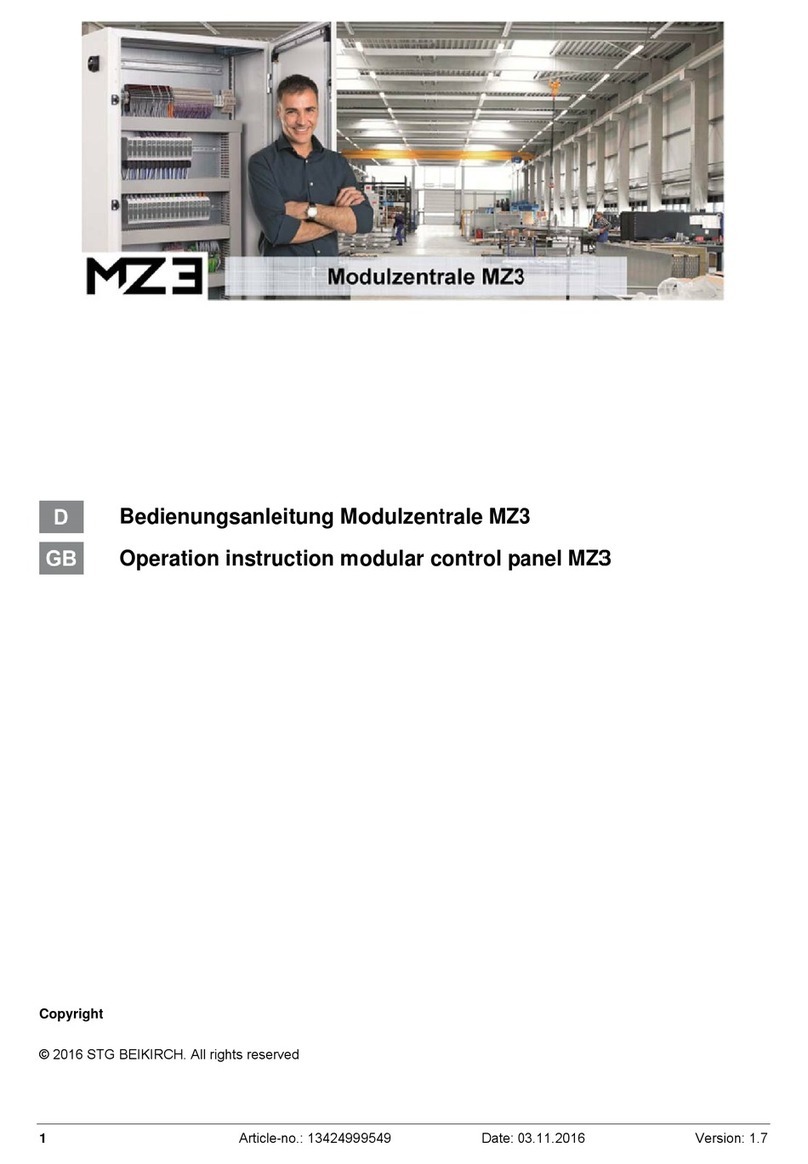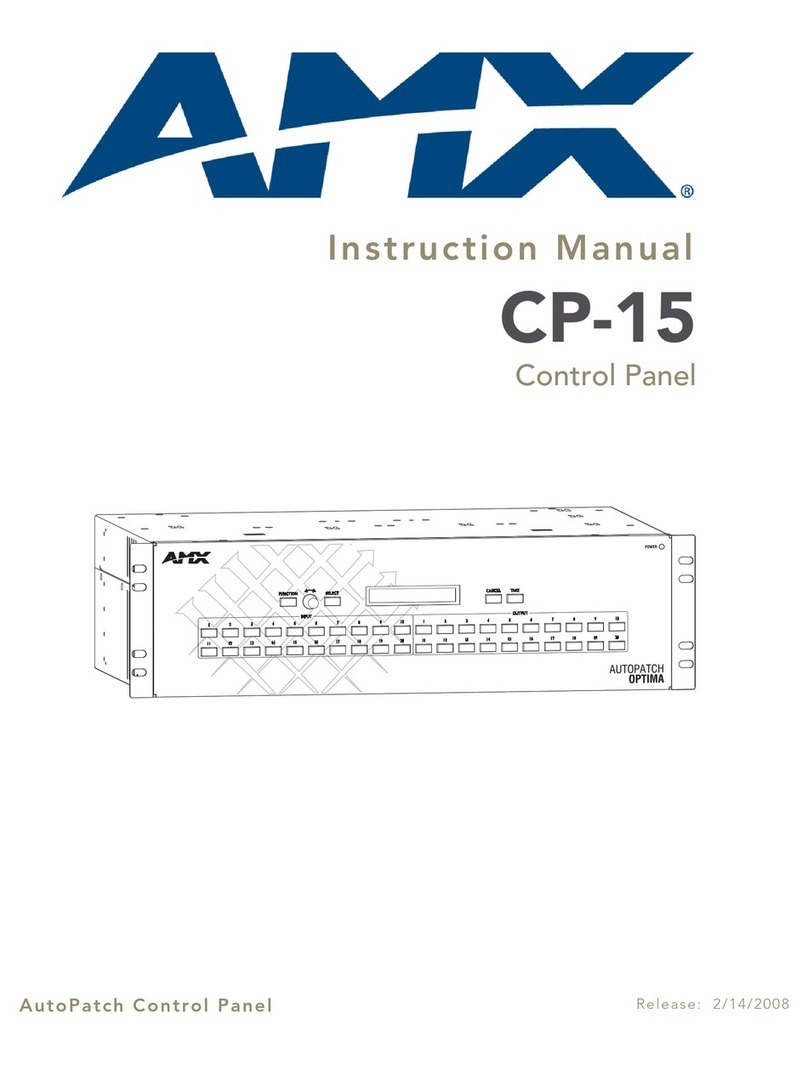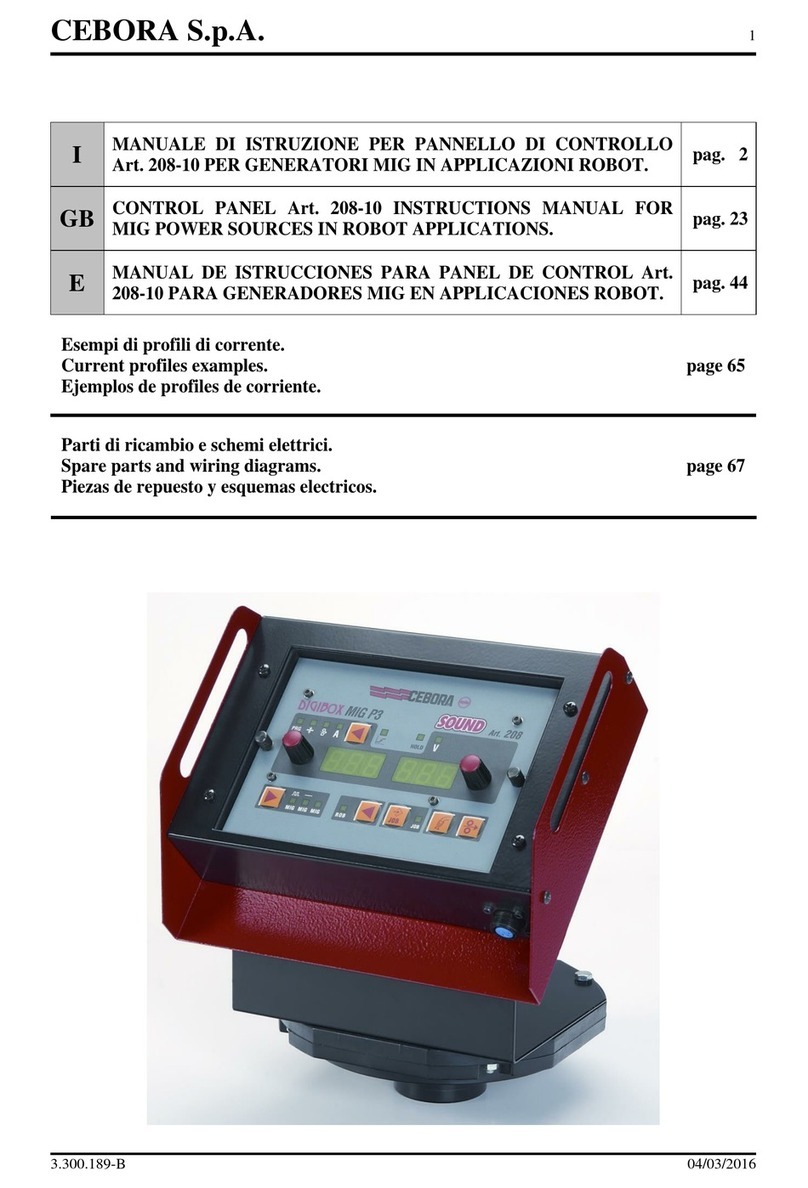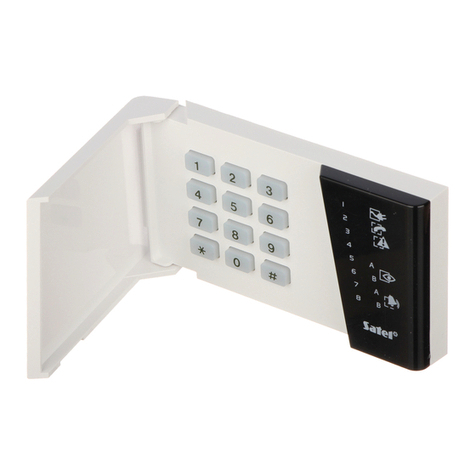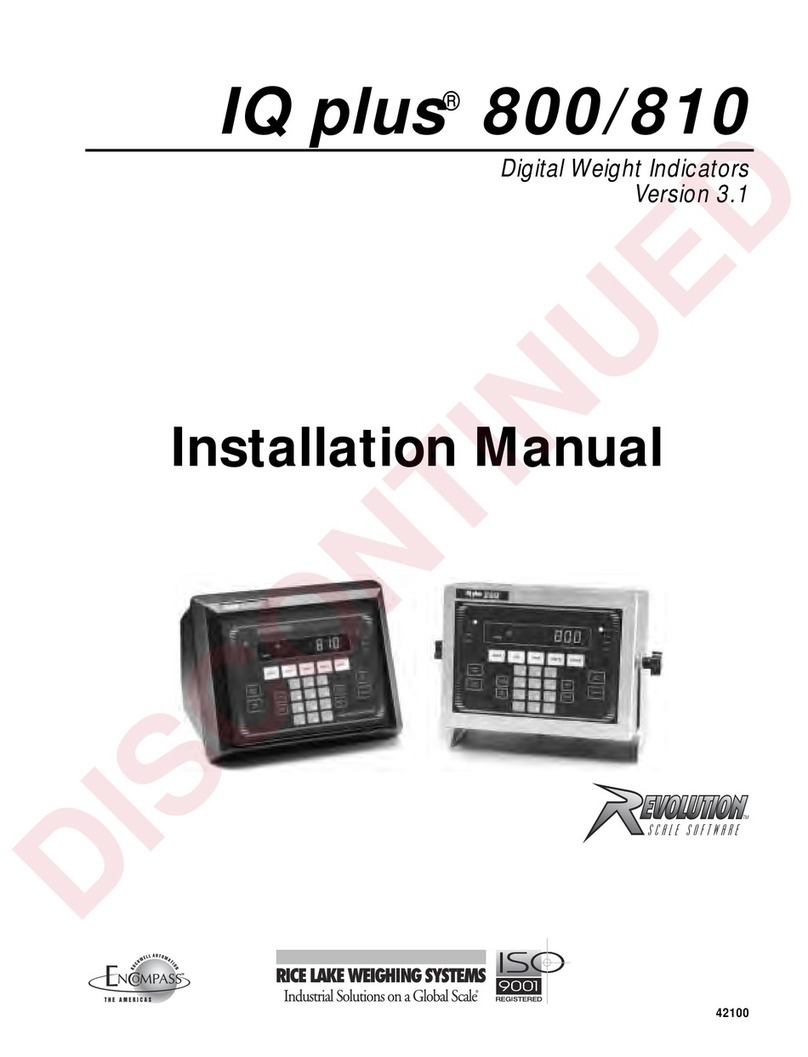Man-1078_Sigma_CP_22
Page 3 of 24
0B1. Introduction
The SIGMA CP range consists of a series of conventional fire alarm control panels designed in accordance
with European standards EN54-2 and EN54-4 Fire Detection and Fire Alarm systems - Control and Indicating
Equipment.
The range consists of 2, 4 and 8 zone control panels. All control panels are available in two versions:
Sigma K11 range in which detectors and call points are wired on separate circuits to sounders (two sounder
circuits are provided).
Sigma T11 range in which detectors, call points and sounders are wired to the same pair of cables. This is
what is commonly referred to as a two-wire system.
Wiring sounders to the detection circuits eliminates the need to install sounder circuit cables and also offers
the ability to provide zoned or two stage sounder operation.
All control panels have an integral, mains powered battery charger and power supply designed in
accordance with the requirements of EN54-4.
In addition to the requirements of EN54-2 the control panel has the following facilities:
………….
Test condition
to allow the automatic resetting of zones in alarm for testing purposes. EN54-2
Section 10 option with requirements.
………….
Delay of the actioning
of fire alarm devices (sounders) so that an alarm may be verified before a
premises is evacuated. EN54-2 Section 7.11 option with requirements.
………….
Fire alarm devices
to enable an audible warning to be sounded throughout a premises upon the
detection of a fire condition or the operation of a manual call point. EN54-2 Section 7.8 option with
requirements.
In addition to the requirements of EN54-2, all control panels have voltage free relay contacts for fire and
local fire which operate upon fire condition. These are to be used for local control and signalling.
1B2. Safety and mounting
Suppliers of articles for use at work are required under section 6 of the Health and Safety at Work act 1974
to ensure as reasonably as is practical that the article will be safe and without risk to health when properly
used.
An article is not regarded as properly used if it is used ‘without regard to any relevant information or advice’
relating to its use made available by the supplier.
This product should be installed, commissioned and maintained by trained service personnel in accordance
with the following:
(i) IEE regulations for electrical equipment in buildings
(ii) Codes of practice
(iii) Statutory requirements
(iv) Any instructions specifically advised by the manufacturer
According to the provisions of the Act you are therefore requested to take such steps as are necessary to
ensure that you make any appropriate information about this product available to anyone concerned with its
use.
This equipment is designed to be operated from 230V 50Hz mains supplies and is of class 1 construction. As
such it must be connected to a protective earthing conductor in the fixed wiring of the installation and a
readily accessible double pole disconnect device meeting the requirements of EN60950/IEC950 which
disconnects live and neutral simultaneously shall be incorporated in the fixed wiring.
Switch disconnect devices such as MK Sentry 63A or similar are suitable for this.
Failure to ensure that all conductive accessible parts of this equipment are adequately bonded
to the protective earth will render the equipment unsafe.
This control panel is designed for indoor use only and at temperatures between -50C (+/- 3) and +400C (+/-
2) and with a maximum relative humidity of 95%.
The IP rating for the enclosure is IP30.
Operation outside of these limits may render the equipment unsafe.


